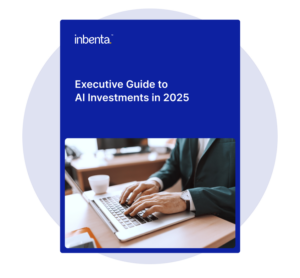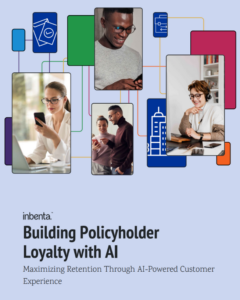In the battle for AI supremacy, two technologies have risen to the top: Generative AI and Conversational AI. While both have their advantages, understanding their differences, use cases and potential risks is crucial to making the right choice for your business.
Generative AI: Out of thin air
Generative AI refers to systems that generate new content from an input. These models, such as OpenAI’s GPT, Gemini and Claude, can generate text, images, music and more. In enterprises, GenAI can be used for content creation, data augmentation and product design.
Benefits
GenAI can produce written content, such as articles, reports and marketing materials, saving you time and resources. It lets you tailor messages and recommendations for highly personalized customer interactions. And enterprises can use GenAI as a tool to enhance creativity and innovation when brainstorming or developing new products and services.
Risks
Generated content isn’t always accurate or coherent, so it may still need human oversight. There’s also the risk of generating biased or inappropriate content. And the use of sensitive data to train GenAI models can raise privacy concerns and regulatory issues.
Conversational AI: More than just talk
Conversational AI is built on Natural Language Processing to understand and respond to human language in a natural, conversational way. In the form of chatbots or virtual assistants, it can recognize the meaning behind queries, even if they contain typos or slang.
Benefits
Conversational AI can understand the context or meaning behind a user’s query and get them an accurate answer fast. Unlike the black box of Generative AI, Conversational AI actually shows you how it arrives at its answers and gives you full control of what your AI says, which is vital for businesses where compliance and governance are key.
Risks
Conversational AI relies on its training data to deliver its responses. Where the data is incomplete, there may be knowledge gaps. Inbenta’s Conversational AI platform benefits from more than 15 years of R&D.
Blended AI: The best of both worlds
Want to maximize the benefits and minimize the risks? There’s a third way: Hybrid or Blended AI. Combining both Generative and Conversational AI technologies, it gives businesses a tool that’s both creative and controlled.
A Blended AI solution lets you use Conversational AI to source answers from your knowledge base. Where gaps exist, it can fill them with Generative AI. The combination gives customers a seamless, personalized experience.
Here are 3 enterprise use cases for Blended AI
1. Customer support: A Blended AI chatbot can deliver natural, personalized responses and handle unexpected requests.
2. Search and recommendations: Generative AI can create customized product descriptions, while Conversational AI can guide users to relevant products based on their queries.
3. Knowledge management: Enterprises can automatically build their knowledge base with GenAI and use Conversational AI to keep their communications consistent and on-point.










